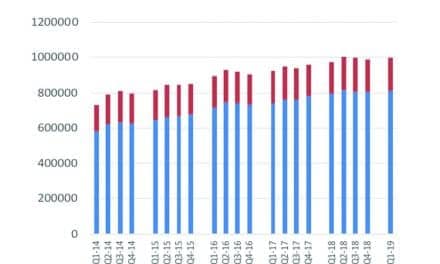A new review of existing research says there is little evidence to support mandatory hearing-loss prevention programs at the workplace, according to the Finnish Institute of Occupational Health, Kuopio, Finland.
Workers could simply wear earplugs and other devices that protect hearing, but even those are not always effective, the review authors found.
Review lead author Jos Verbeek, a researcher at the Institute, said in a statement released by Health Behavior News Service, that we rely too much on hearing protection, which is not sufficient, and that an estimated nine million American workers experience exposure to high levels of noise at the workplace. People who work in construction, manufacturing, and mining jobs are at especially high risk of losing their hearing, he added.
Verbeek and colleagues searched for studies that examined strategies to prevent hearing loss in the workplace. They found 21 studies that they deemed worthy of inclusion in the review, the statement says.
The review appears in the latest issue of The Cochrane Library, which is a publication of The Cochrane Collaboration, an international organization that evaluates medical research. Systematic reviews draw evidence-based conclusions about medical practice after considering the content and quality of existing medical trials on a topic.
Only one study looked at workplaces—in this case, US coalmines—that directly reduced exposure to noise because of legislation, says the statement. The study found that the noise level fell, but the review authors reported that the quality of the study is low.
Fourteen studies with 75,672 participants looked at prevention programs, such as noise monitoring, and another six with 169 participants examined specific hearing-protection devices like earplugs, says the statement.
Studies that examined prevention programs had mixed results. Some studies showed that workers still had a three-fold risk of hearing loss compared to workers not exposed to noise, in spite of a prevention program, according to the statement.
Other studies deemed to be of lower quality showed no difference in risk of hearing loss among those with or without protection devices.
Verbeek’s comments in the statement note that it is difficult to wear hearing protection and those who wear plugs must be properly instructed, because if the plugs are not inserted properly, there is no protection.
Although they found little evidence that legislation is effective, the review authors call for more laws to protect workers, and note that better implementation and reinforcement are needed, the statement says.
They also write that the best approach is to reduce exposure to noise, although that can be the most expensive strategy of all.
Enclosures around noisy machines are one solution. Proper maintenance of the machines can help too, as can simple measures like soundproofing rooms to prevent echoes, the statement says.
The Cochrane Collaboration is an international nonprofit, independent organization that produces and disseminates systematic reviews of health care interventions and promotes the search for evidence in the form of clinical trials and other studies of interventions.
Verbeek JH, et al. Interventions to prevent occupational noise induced hearing loss. Cochrane Database of Systematic Reviews 2009, Issue 3.
[Source: Health Behavior News Service]




